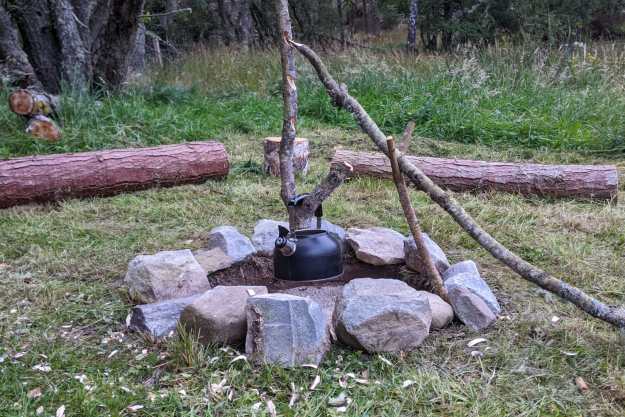Man isn’t meant to stay indoors — our weekly “Trekking” column can attest to that. It’s a column dedicated to the adventurer inside of all of us, the one pining to ditch the office humdrum for a seven-week jaunt in the Grand Tetons, or fiending to catch some waves someplace other than the North Shore. One day we may highlight a new ultra-light camping stove or minimalist water filter, and the next you may find us getting wrapped up in a set of Norquayco’s handmade canoe paddles. Life doesn’t just happen inside the workplace and home, so get outside and live it.
To say the iconic yurt was a staple of nomadic society would be an understatement. Constructed of a circular frame and a felt cover typically made of wool, the traditional dwelling was a pivotal structure on the steppes of Central Asia for more than 3,000 years. It allowed wandering communities to shelter themselves from the elements of the outside world, while providing warmth and a symbolic presence for generations to come. That said, while the wooden Trakke Jero Tent ($7,500) may not be a traditional yurt per se, there’s no denying the basic source of its inspiration.

Dead-simple construction isn’t the only appeal, though. The Jero Tent was CNC milled with both sustainability and durability in mind, and given the organic nature of the design, it’s as stable when erected as it is flexible when taken down. It’s pricey, but then again, so is that lavish apartment you’ve been pining after just south of Copenhagen.
Check out Trakke’s website to make a purchase or peruse the company’s notable selection of messenger bags, U-lock holsters, and other outdoor accessories.
Editors' Recommendations
- Nemo Dagger OSMO 2P Review: Why I Love This Do-It-All Tent
- Best 6-Person Tents For Groups And Family Camping
- How To Set Up a Tent Like an Expert Camper This Summer


